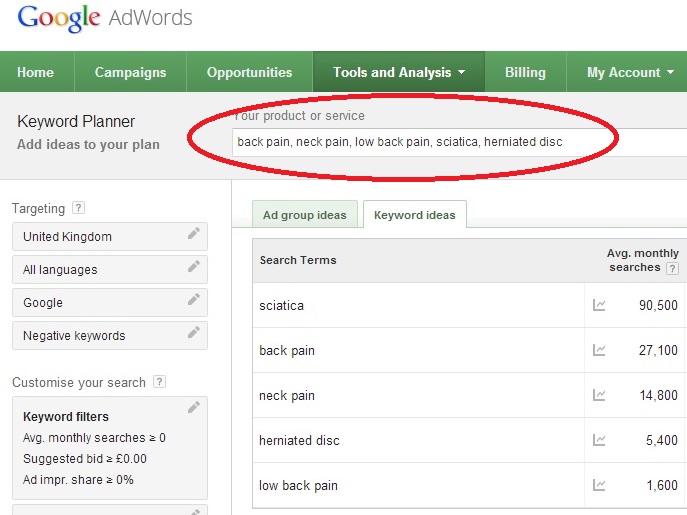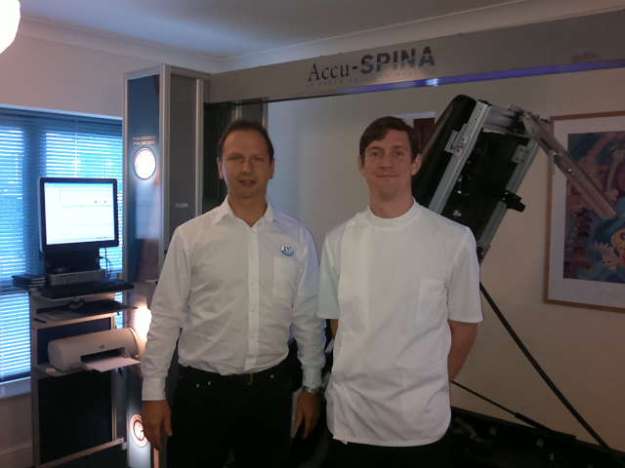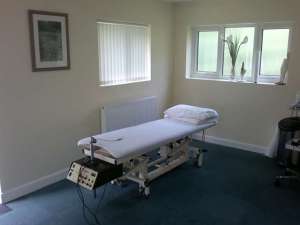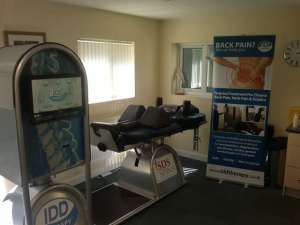I recently gave a talk to a group of about 40 physiotherapists, osteopaths and chiropractors where I posed this question and asked for a show of hands.
There was universal agreement that there was a significant disconnect.
Looking at how to improve back pain treatment outcomes for both patients and over stretched healthcare budgets, there appears to be a significant opportunity to improve outcomes from spinal injections by making spinal rehabilitation an integral part of the post-injection treatment plan.
Patient pathways
There is a lot of debate about the merits of spinal injections. The Cochrane Review (1) concludes “There is insufficient evidence to support the use of injection therapy in subacute and chronic low-back pain”.
Yet many clinicians report that patients do benefit which is backed up by the same Cochrane Review “it cannot be ruled out that specific subgroups of patients may respond to a specific type of injection therapy.”
As with many back pain treatments, it is difficult to get a black and white answer since there are so many variables in play.
The typical pathway for a patient who develops chronic low back pain (or neck pain) looks something like this:
Self-prescribed pain medication
GP visit, pain medication and advice to remain active
GP visit
Manual therapy and exercise (physiotherapy)
GP visit
Consultant referral
Spinal injection
Consultant referral
Injection, possible surgery,
self-management (aka get on with it because we have no more options for you)
Self-pay patients typically bypass their GP and go straight to a physiotherapist, osteopath or chiropractor. Private patients who are referred to a consultant often receive a spinal injection without first having a course of rehabilitation.
As a former member of the Society of Back Pain Research Committee said on stage at their annual meeting a few years ago, “I have a clinical intuition that they (spinal injections) are effective … and patients ask for them”.
Working with so many different clinicians, the problem appears to be that once a patient sees a consultant and is given an injection, many are simply sent home with little more than a recommendation to remain active, to do exercises and to possibly see a physiotherapist.
Given the costs of injections and clinical time, is this an efficient use of resources?
Manual therapists often dismiss injections because they do nothing to address the underlying condition believing them to be a band aid at best”. Yet the purpose of the injection is not to cure the problem: it is to relieve pain to help the patient get on with their life.
If a patient can then be more active then the body has a chance to heal itself.
However, in the many cases where patients remain in pain it is perhaps in part because there is no proper rehabilitation. Then the issue we have is what kind of rehabilitation will they get?
If it is in the NHS, then the sort of rehabilitation a patient might access is exactly the same physiotherapy treatment which failed to address the problem in the first place.
Einstein’s definition of insanity is over quoted but to keep doing the same rehabilitation and expect a different outcome is surely insane … and an inefficient use of valuable resources.
Many spinal injections are given in the private sector. One neurosurgeon I know sees approximately 1,500 patients a year. He operates on 3% and gives an injection to around 20%, i.e. around 300 patients.
If a patient has an injection they leave hospital and then if they need follow up, they return to their consultant. In some circumstances patients will receive a further injection. If the injection hasn’t worked then the patient is more likely to become a candidate for surgery.
After all, conservative methods failed to resolve the problem. Yet, I can’t help but feel that many of the spinal rehab programmes for patients who reach a stage of requiring (wanting) injections are simply not intensive enough.
Working with and talking to many clinicians, I often hear that if a patient is not better within four to six visits, then it’s time to look at other options. It has become accepted dogma.
When IDD Therapy spinal decompression was originally developed, the clinicians who looked at back pain suggested in part that if they could work one on one with patients for eight hours a day, they would get much better results.
When people seriously embark on a diet to lose weight or train for a sporting event, they approach their goal with a level of commitment and intensity that is quite different to an approach to back pain rehabilitation.
Perhaps those involved in spinal rehabilitation should examine intensive programmes of spinal rehabilitation which are an agreed condition if a patient wishes to have an injection.
IDD Therapy spinal decompression programme offers such a programme for patients with disc related issues. It is one method and undoubtedly not the only method. A case study recently received from one provider detailed a 33 year old male office worker with a six month history of neck pain and headaches.
The patient received two injections during this time and felt no change.
He then embarked on a twice weekly course of cervical IDD Therapy. After three weeks and six treatments, the headaches were gone and VAS pain was down to 1/10. A further two weeks saw VAS pain at zero and no headaches.
That is a total of 10 treatments over a six week period.
All clinicians will have an opinion on the efficacy of injections. The author believes that some people benefit from injections whilst for others there is no benefit, particularly without rehab. However as with all back pain treatments, the difficulty is being able to predetermine who will benefit and who won’t!
There are significant costs to providing injections for back pain. However as the British Pain Society point out, the unintended consequence of discontinuing pain interventions may be that more patients then access more costly interventions such as spinal surgery.
In the meantime, it would seem to make sense to reconnect spinal injections to a more intensive programme of spinal rehabilitation to help some patients return to a more active lifestyle. If you have a comment, do share for others.
Staal JB, de Bie RA, de Vet HC, Hildebrandt J, Nelemans P. Injection therapy for subacute and chronic low back pain: an updated Cochrane review.Spine (Phila Pa 1976). 2009 Jan 1;34(1):49-59.
http://www.ncbi.nlm.nih.gov/pubmed/19127161
Author: Stephen Small
Director Steadfast Clinics Ltd
http://www.SteadfastClinics.co.uk
Steadfast Clinics is the international distributor of IDD Therapy spinal decompression, SDS SPINA, Accu SPINA devices, Thermedic FAR infrared therapy systems and HydroMassage machines.
[contact-form-7 404 "Not Found"]






